We used ddPCA to map the genetic architecture of the entire human bZIP interaction network.
www.biorxiv.org/content/10.1...
Thanks to all our co-authors for the great collaboration!

We used ddPCA to map the genetic architecture of the entire human bZIP interaction network.
www.biorxiv.org/content/10.1...
Thanks to all our co-authors for the great collaboration!

We identified >2000 CREs across the genomes of 27 human-infecting dsDNA viruses from the Herpesvirus, Adenovirus, Papillomavirus, and Polyomavirus families.
www.biorxiv.org/content/10.1...
1/8
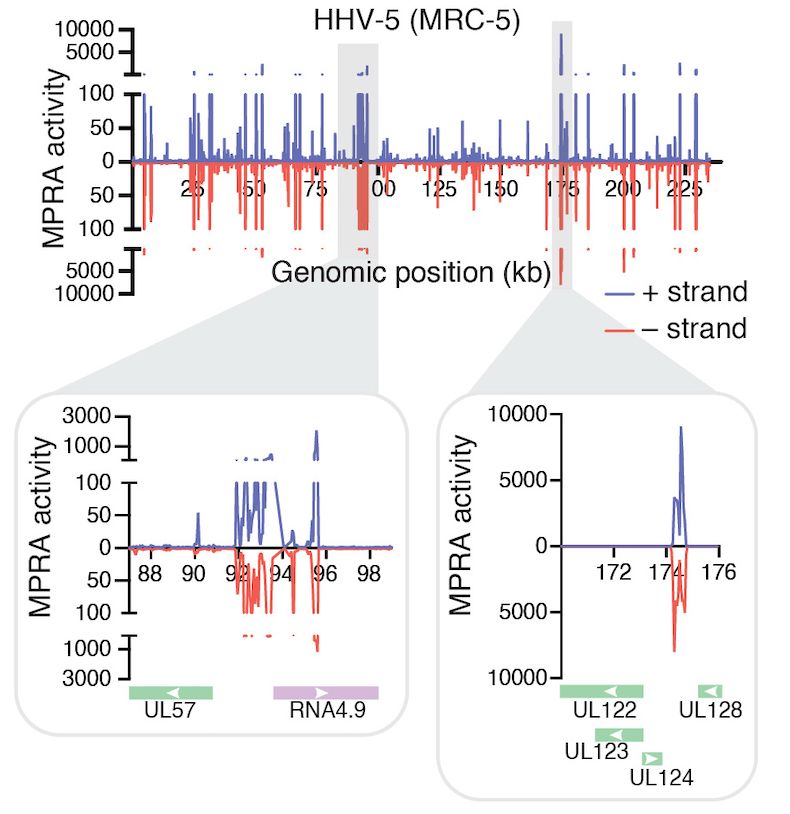
We identified >2000 CREs across the genomes of 27 human-infecting dsDNA viruses from the Herpesvirus, Adenovirus, Papillomavirus, and Polyomavirus families.
www.biorxiv.org/content/10.1...
1/8

www.nature.com/articles/s41...
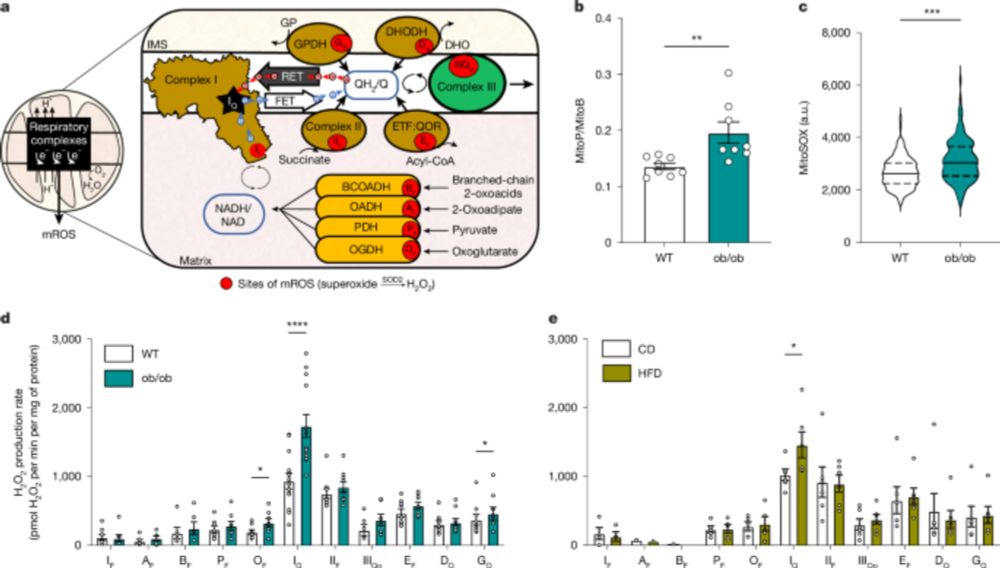
www.nature.com/articles/s41...
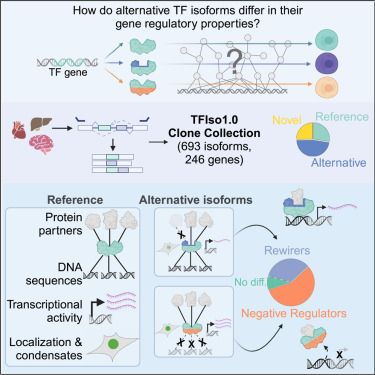

TFs, like most genes, are frequently expressed as a series of multiple distinct isoforms. these isoforms (by definition) differ in sequence -- often in annotated protein domain regions (e.g. DNA-binding & effector domains)

TFs, like most genes, are frequently expressed as a series of multiple distinct isoforms. these isoforms (by definition) differ in sequence -- often in annotated protein domain regions (e.g. DNA-binding & effector domains)
www.sciencedirect.com/science/arti...
we cloned 100's of isoforms (that arise through alternative splicing etc.) testing them in high-throughput assays for DNA-binding, protein-binding, activation, and more.
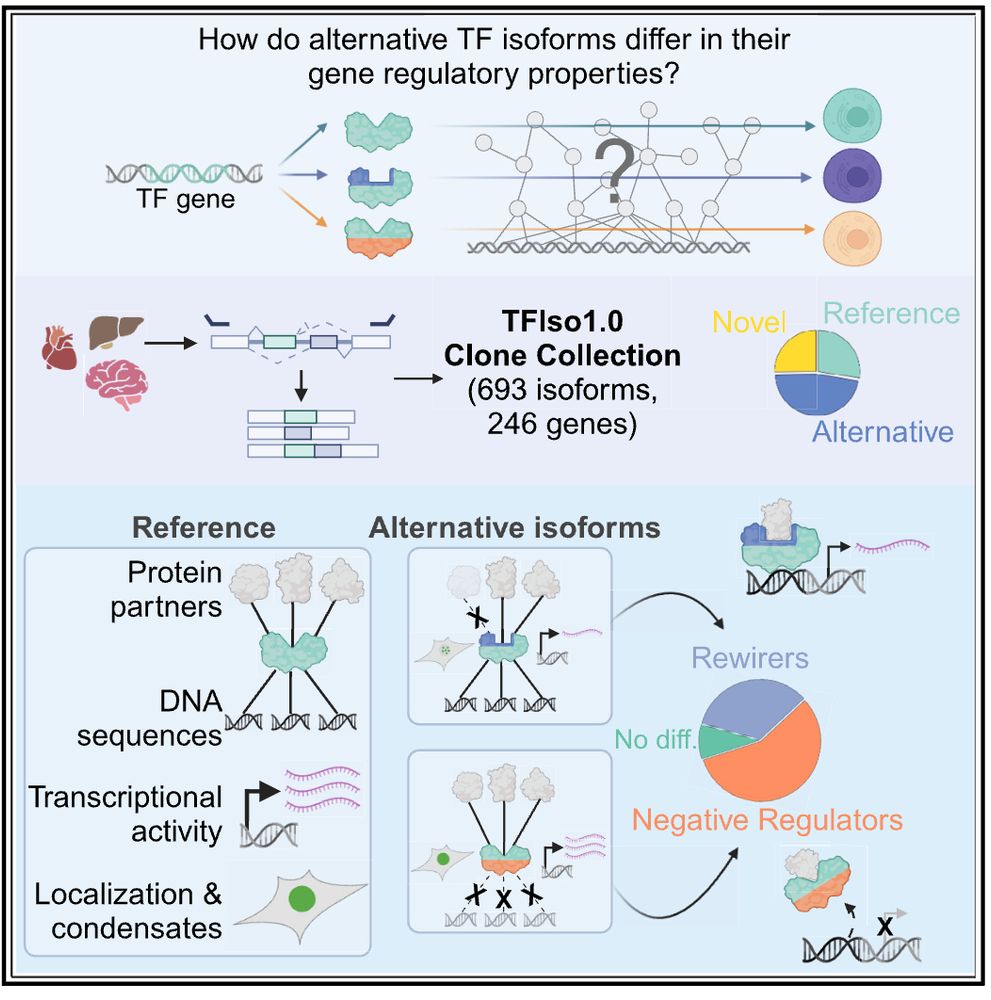
www.sciencedirect.com/science/arti...
we cloned 100's of isoforms (that arise through alternative splicing etc.) testing them in high-throughput assays for DNA-binding, protein-binding, activation, and more.
key point: 2/3rds of TF isos differ in properties like DNA binding & transcriptional activity
many are "negative regulators" & misexpressed in cancer
www.sciencedirect.com/science/arti...
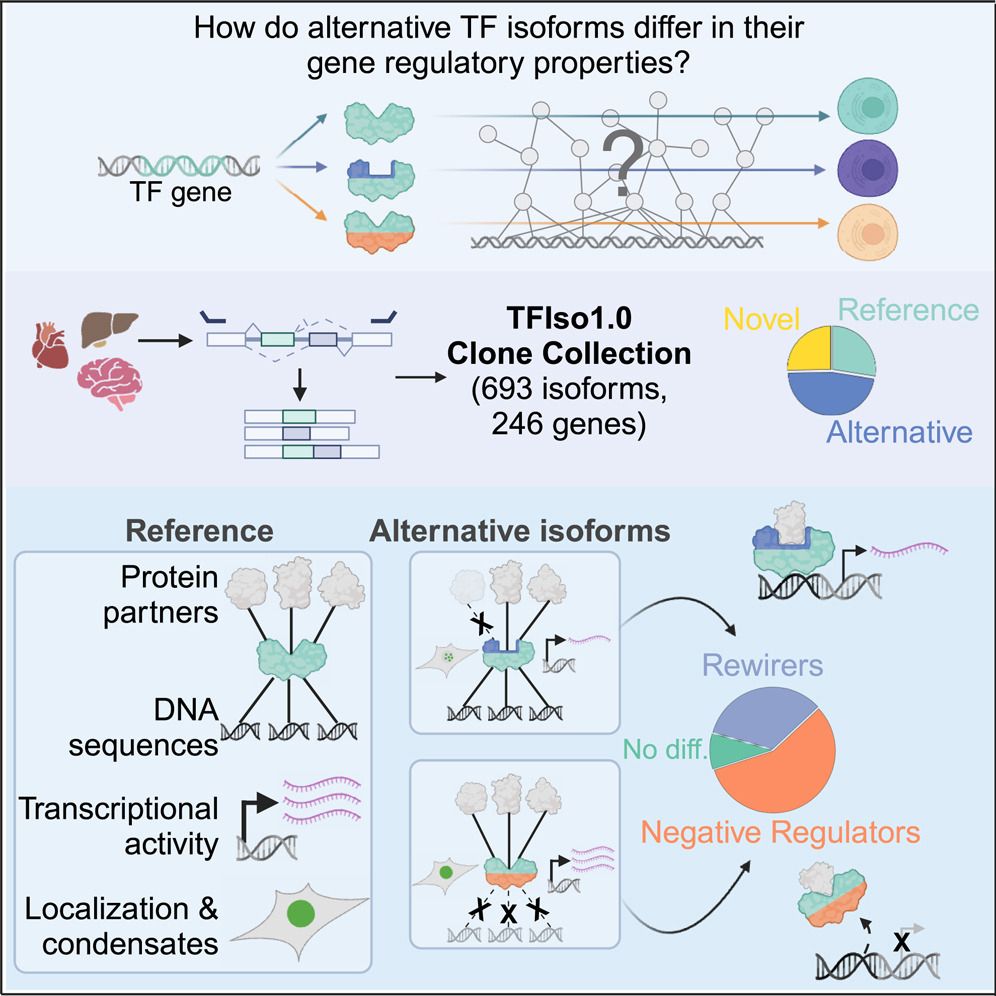
key point: 2/3rds of TF isos differ in properties like DNA binding & transcriptional activity
many are "negative regulators" & misexpressed in cancer
www.sciencedirect.com/science/arti...
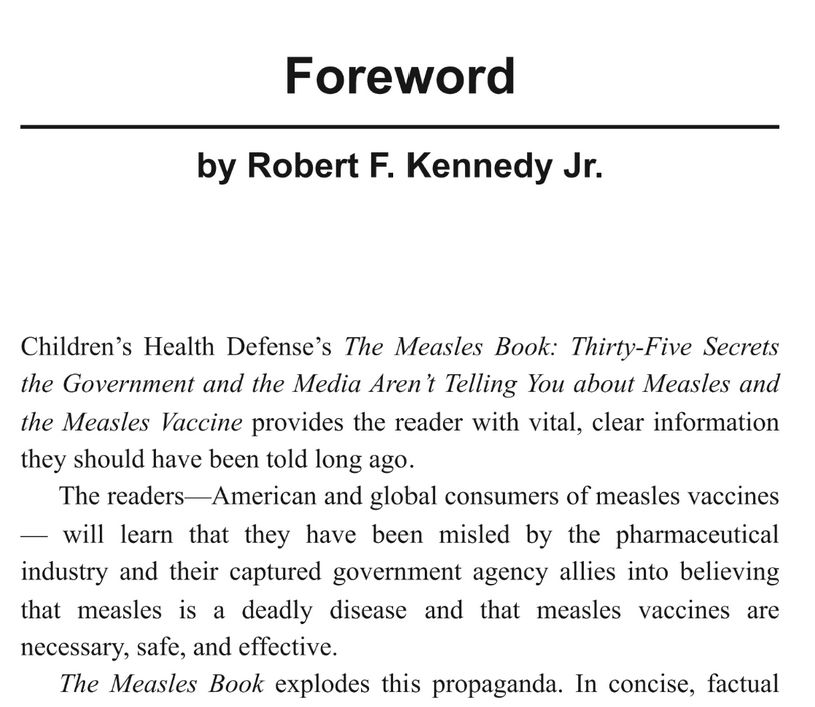
If you're at BPS, I'll be speaking about this this afternoon in IDP SG, and Borna and Jeff both have posters (Sunday B112 and Wed B152).
www.biorxiv.org/content/10.1...
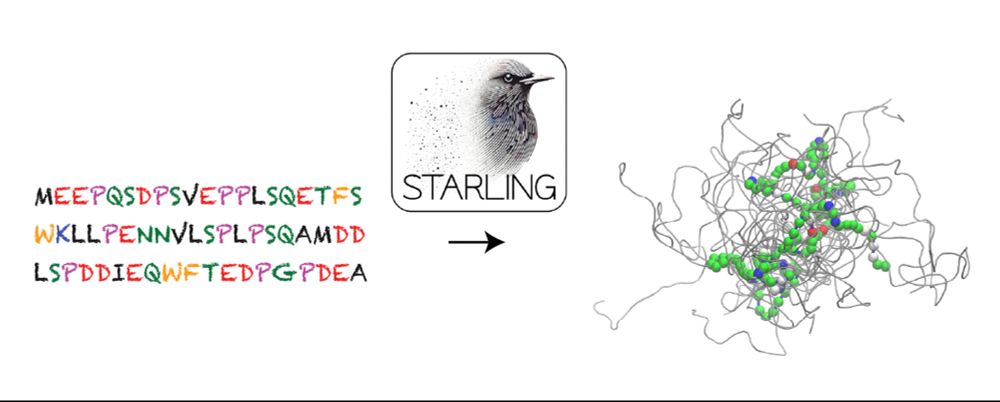
If you're at BPS, I'll be speaking about this this afternoon in IDP SG, and Borna and Jeff both have posters (Sunday B112 and Wed B152).
authors.elsevier.com/a/1kbSa_,2Bd...
authors.elsevier.com/a/1kbSa_,2Bd...
meetings.cshl.edu/meetings.asp...

bit.ly/40cIfSl
@fritzroth.bsky.social @jsvanleeuwen.bsky.social @pedrobeltrao.bsky.social
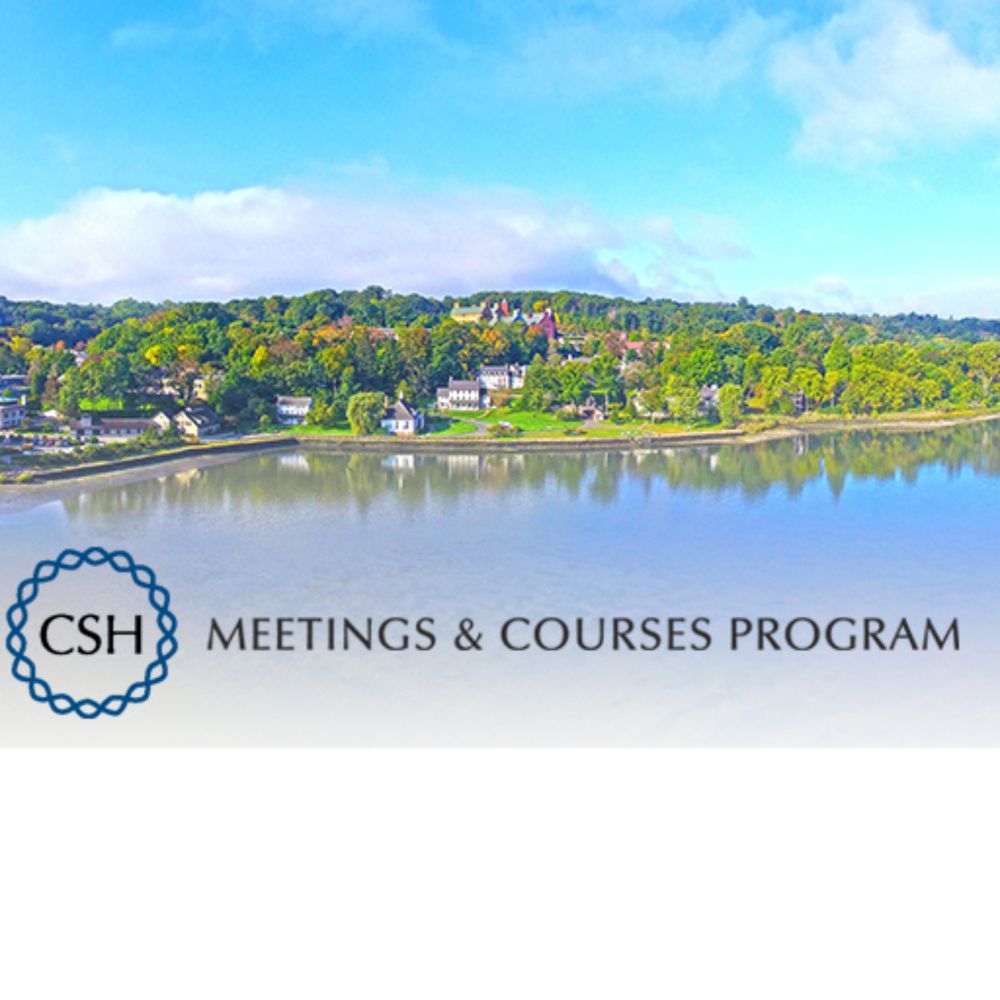
Our new preprint by Taylor Mighell
www.biorxiv.org/content/10.1...
thread on the other place: x.com/taylor_mighe...

Our new preprint by Taylor Mighell
www.biorxiv.org/content/10.1...
thread on the other place: x.com/taylor_mighe...

